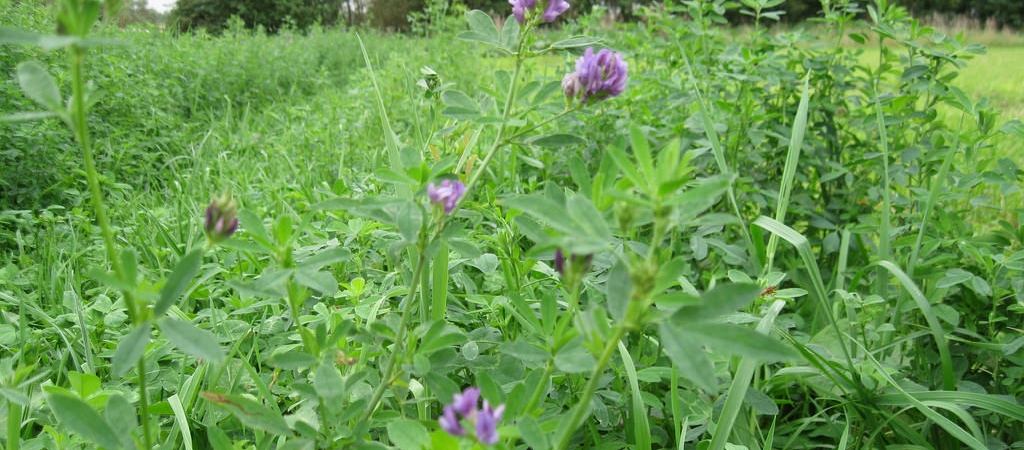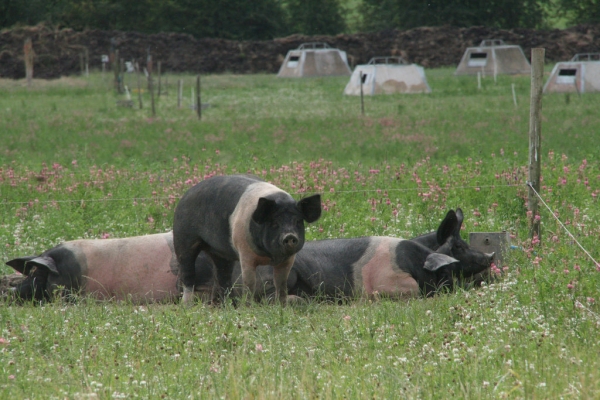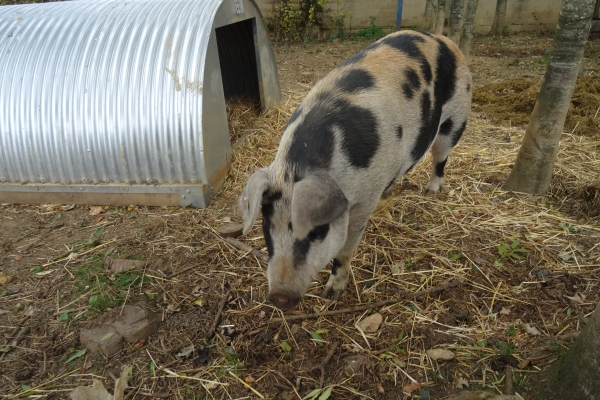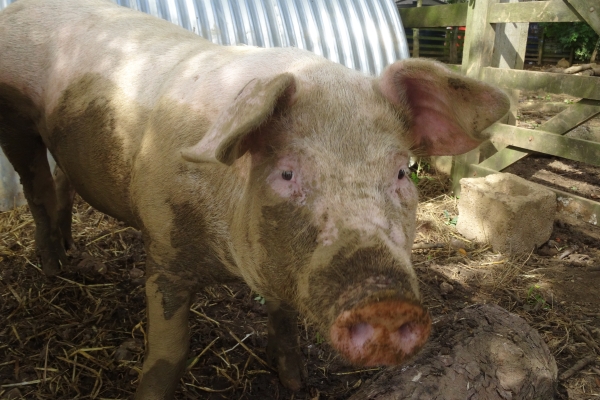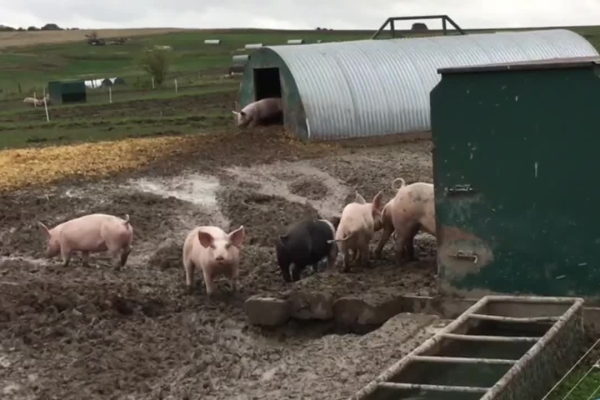Fulfilling 100% organic pig diets: Concentrates
ICOPP Technical Note 3
Resource explained
Fulfilling the nutrient requirements of pigs, particularly in relation to protein and the correct amino acid profile, is the main dietary challenge for pig producers. This guide analyses the potential of locally produced and novel protein sources as viable, alternative feed sources for the organic pig industry.
The 4-page leaflet (Technical Note 3 of a series of 4) is an output of the ‘Improved Contribution of local feed to support 100% Organic feed supply to Pigs and Poultry’ project, which ran from 2011 to 2014.
The guide sets out the protein and amino acid requirements of swine diets. The most promising sources of protein from plants, including oilseeds, legumes and cereals are profiled. Other protein sources such as algae, earthworms and crop by-products are also discussed. The potential for concentrating protein through further processing is examined, as is the nutritional contribution forage can make to all stages of pig development.
Findings & recommendations
- Protein nutrition of the pig is primarily about supplying the amino acid requirements for fast, efficient growth and development of a lean carcass.
- The most limiting amino acids are lysine, tryptophan, threonine, and methionine. Diets should be formulated primarily on lysine requirements, as it is normally the limiting factor.
- Several options are available to fulfil the requirement of 100% ingredients of locally produced organic origin in organic pig concentrate diets. However, if the practical, economic and environmental footprint issues are taken into account, the list of current options is quite small, especially in northern Europe.
- European-produced soya bean meal is an alternative to imported soya, but production is limited to southern Europe. Sunflower seeds and rapeseed have potential due to their wide availability (and being produced for other markets).
- Legumes such as peas, beans and sainfoin seeds seem to be a viable option because of their relatively high protein content and good availability.
- Some aquatic proteins such as algae might be a valuable protein source for pigs in the future. More research is required in regard to scaling-up production, costs, organic certification, feed safety, and legislation.
